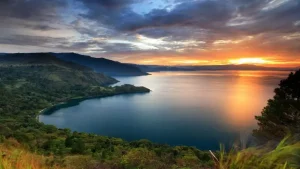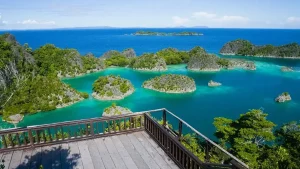VulcanoID – Sebenarnya mimin tidak ingin mengulas informasi mengenai dunia sepak bola yang merupakan olahraga terpopuler di dunia. Namun, melihat situasi Manchester United yang sekarang…
VulcanoID – Kota Bogor merupakan salah satu objek wisata paling populer yang berada di Indonesia. Tempat ini memiliki intensitas hujan yang sangat tinggi. Sehingga orang…
VulcanoID – Danau Toba merupakan salah satu objek wisata terpopuler yang berada di Sumatra Utara, Indonesia. Danau vulkanik terbesar di dunia ini, memiliki luas 1.145…
VulcanoID – Sejumlah artis tanah air yang memiliki hobi terhadap billiard baru saja membentuk sebuah perkumpulan bernama Selebriti Billiard Indonesia. Hal tersebut terbilang sangat wajar,…
VulcanoID – Labuan Bajo, sebuah kota kecil yang terletak di ujung barat Pulau Flores, Nusa Tenggara Timur, kini menjadi salah satu destinasi wisata paling populer…
VulcanoID – Pulau Bintan, yang terletak di Kepulauan Riau, Indonesia, merupakan destinasi wisata tropis yang mempesona. Dengan segala keindahan alam, pantai berpasir putih, serta kebudayaan…
VulcanoID – Raja Ampat adalah salah satu destinasi wisata paling menakjubkan di Indonesia, bahkan dunia. Terletak di ujung barat Papua, tempat ini sering mendapat juluakan…







